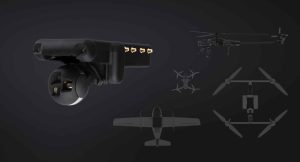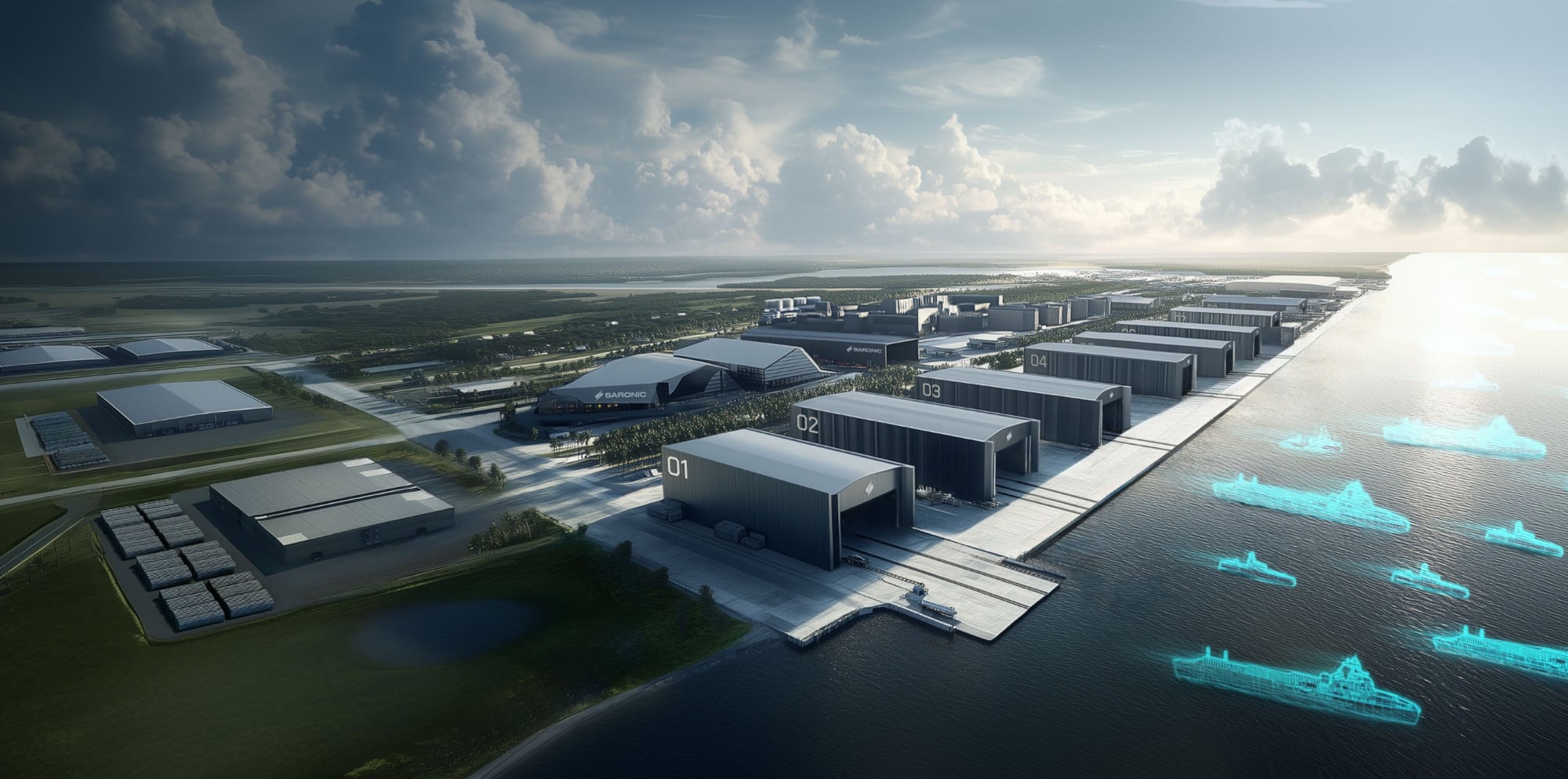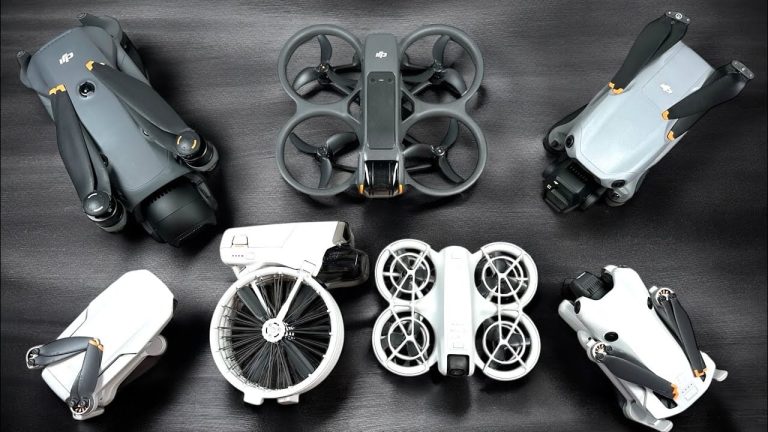In a significant development for autonomous maritime systems, defense technology company Saronic has announced an ambitious program to revitalize American shipbuilding through large-scale autonomous vessel production. The initiative includes the construction of Port Alpha, a next-generation shipyard dedicated to autonomous vessel manufacturing, marking a potential turning point in U.S. naval autonomous capabilities.
The Maritime Industrial Challenge
The U.S. Navy faces a critical capability gap against peer competitors, particularly China, whose shipbuilding capacity now exceeds 23.2 million tons compared to America’s less than 100,000 tons. According to the Office of Naval Intelligence, the People’s Liberation Army Navy (PLAN) now contains more vessels than the United States Navy, an advantage projected to grow over the next decade. This disparity emerges from decades of industrial base erosion, with U.S. defense spending on shipbuilding dropping 41% since the early 1990s, far outpacing the overall 24% reduction in defense spending during the same period.
Autonomous Systems as Strategic Solution
Saronic’s approach directly addresses the U.S. Navy’s recently outlined vision for a hybrid fleet combining traditional crewed vessels with autonomous platforms. The company has developed three autonomous surface vessel (ASV) models in rapid succession. Their smallest platform, the 6-foot Spyglass, serves as a foundational testing platform. The mid-sized 14-foot Cutlass expands operational capabilities, while the 24-foot Corsair represents their current largest autonomous vessel. Each platform progressed from concept to operational testing within six months, demonstrating the company’s rapid development capabilities.
Port Alpha: Reimagining Naval Production
The cornerstone of Saronic’s initiative is Port Alpha, a purpose-built facility for autonomous vessel production. This facility represents a fundamental rethinking of shipbuilding processes. By incorporating modern manufacturing technologies and optimized workflows for autonomous system integration, Port Alpha represents a first-principles approach to shipbuilding that strips away inefficiencies, optimizes workflows, and creates a production system that maximizes quality, scalability, and speed. The facility aims to support the U.S. Navy’s 2027 autonomous systems integration targets while creating new opportunities for America’s shipbuilding workforce.
Industrial Base Implications
Saronic’s expansion to a 420,000-square-foot campus in Austin, Texas, backed by nearly $1 billion in funding, signals a significant private-sector commitment to autonomous maritime systems. The company’s growth from a small team to over 300 employees in under three years demonstrates the potential for rapid scaling in the autonomous naval sector.
Technical and Operational Considerations
The initiative leverages recent advances across multiple technological domains. Enhanced edge computing capabilities work in concert with advanced sensor integration systems, while sophisticated machine learning algorithms enable improved decision-making processes. These developments are unified through comprehensive interoperability frameworks, allowing autonomous vessels to operate with increased reliability and reduced costs compared to previous generations of unmanned maritime systems.
Strategic Context
This development comes as the U.S. Navy grapples with significant force structure challenges. The current fleet remains below the Congressionally-mandated 355-ship requirement, while a growing capability gap with peer competitors continues to widen. These challenges are compounded by persistent budget constraints affecting traditional shipbuilding programs, including future major naval acquisitions like DDG(X) and Large Unmanned Surface Vessels (LUSV), and widespread workforce shortages throughout the maritime sector.
Future Implications
Saronic’s program represents a potential paradigm shift in naval autonomous systems production. The implications extend beyond immediate maritime capabilities, affecting force structure planning, industrial base revitalization, and the evolution of naval warfare concepts. The integration of autonomous systems at this scale could fundamentally reshape approaches to maritime operations and defense industrial planning.
While ambitious, this initiative addresses critical gaps in U.S. maritime capabilities through autonomous systems. The success of this program could provide a model for scaling autonomous capabilities across other defense domains, including aerial systems. However, the rapid timeline and scale of the proposed production capacity will require careful monitoring of system reliability and operational integration.
Photo courtesy of Saronic
Discover more from DroneXL.co
Subscribe to get the latest posts sent to your email.




















+ There are no comments
Add yours